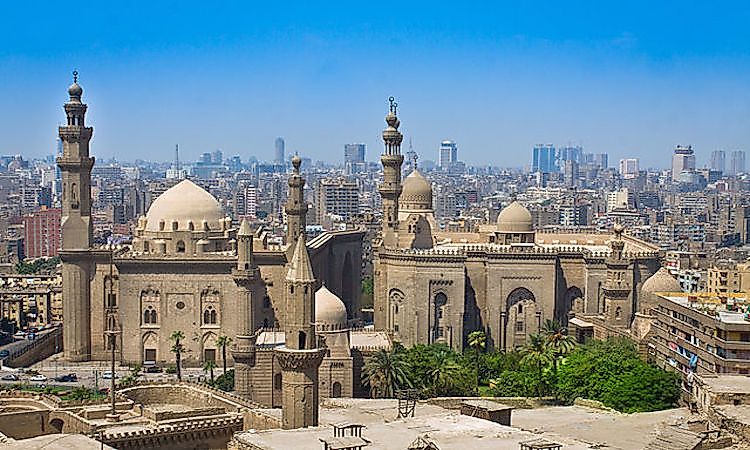UNESCO World Heritage Sites In Egypt (original) (raw)

Cairo is a unique blend of ancient historic buildings and modern skyscrapers.
Tourism is one of the leading economic sectors in Egypt crucial to the growth and development of the country. The sector employs over 10% of the total workforce and serves about 15 million visitors annually. Tourism contributes approximately 11% of the GDP. Although the tourism sector has suffered major setbacks especially during the 2011 Egyptian Revolution, the country recovered to its best position in 2015 ranking 83rd as the world’s best tourist destination. Egypt is endowed with both cultural and natural tourist attraction sites. Some of the sites have been included in the UNESCO World Heritage List because of their historical significance. These sites include;
Egypt's World Heritage Sites
Abu Mena
Abu Mena was a town, baptistery, monastery and old Christian holy city that were built over the tomb of Mena of Alexandre, a Christian martyr. It was listed as a World Heritage Site in 1979 because of its cultural significance. Most of the remains of some of the ancient buildings have since collapsed, but the foundations of major buildings such as the great basilica are easily discernable. The site for the building of the church was authorized by Constantine I after her daughter had been cured by the shepherd who rediscovered Mena’s tomb. The first excavation of the site took place between 1905 and 1907 uncovering large parts of basilica church while further excavations uncovered dormitories for the poor pilgrims. The rising water table as a result of land reclamation and the clay soil around the site has led to the damage of parts of this ancient city
Ancient Thebes With Its Necropolis
Thebes was an ancient Egyptian city located on the eastern side of the Nile. The ruins of Thebes lies within the modern city of Luxor. The city was a cult center and the wealthiest of the ancient Egypt due to the valuable mineral resources and the trade routes. It covered an area of 93 square kilometers including parts of the Theban Hills and ruled by several kingdoms. The major sites include the Great Temple of Amun, Luxor Temple, Temple of Khonsu, and Precinct of Montu on the eastern side, Malkata palace complex, mortuary temples, the village of the kings and queens, and tombs of the nobles on the western side. Ancient Thebes with its Necropolis was declared a World Heritage Site in 1979.
Cairo Historic City
Cairo Historic City is one of the world’s largest Islamic city located in the modern urban areas of Cairo. The city is characterized by famous mosques, madrassas, and fountains. Cairo Historic City was founded in 969 as a royal enclosure. It became a new center of the Islamic World reaching its peak in the late 14th century. Currently, the Cairo Historic City or the Islamic Cairo is made up of Mosque of Ibn Tulun, Al-Azhar University which world’s oldest university, and Al-Hakim Mosque among other buildings. Neglect, decay, and overcrowding are major threats to the preservation of this site which was listed UNESCO World Heritage Site in 1979. Theft of some of the monuments especially in mosques has also threatened preservation efforts.
Other Heritage Sites In Egypt
Egypt has only one natural World Heritage Site; Wadi Al-Hitan, in the Whale Valley located in the Western Desert of Egypt and contains the important fossils of whales. The rest of the sites are cultural sites promoting Egyptian cultural heritage. These cultural sites include Saint Catherine Monastery, Mount Horeb and Surroundings, Nubian Monuments, Memphis, and the Pyramid Fields from Giza to Dahshur.
UNESCO World Heritage Sites In Egypt
| UNESCO World Heritage Sites in Egypt | Year of Inscription; Type |
|---|---|
| Abu Mena | 1979; Cultural Site in Danger |
| Ancient Thebes and its Necropolis | 1979; Cultural |
| Cairo Historic City | 1979; Cultural |
| Memphis, its Necropolis, and the Pyramid Fields from Giza to Dahshur | 1979; Cultural |
| Nubian Monuments from Abu Simbel to Philae | 1979; Cultural |
| Saint Catherine Monastery, Mount Horeb and Surroundings | 2002; Cultural |
| Wadi Al-Hitan (Whale Valley) | 2005; Natural |